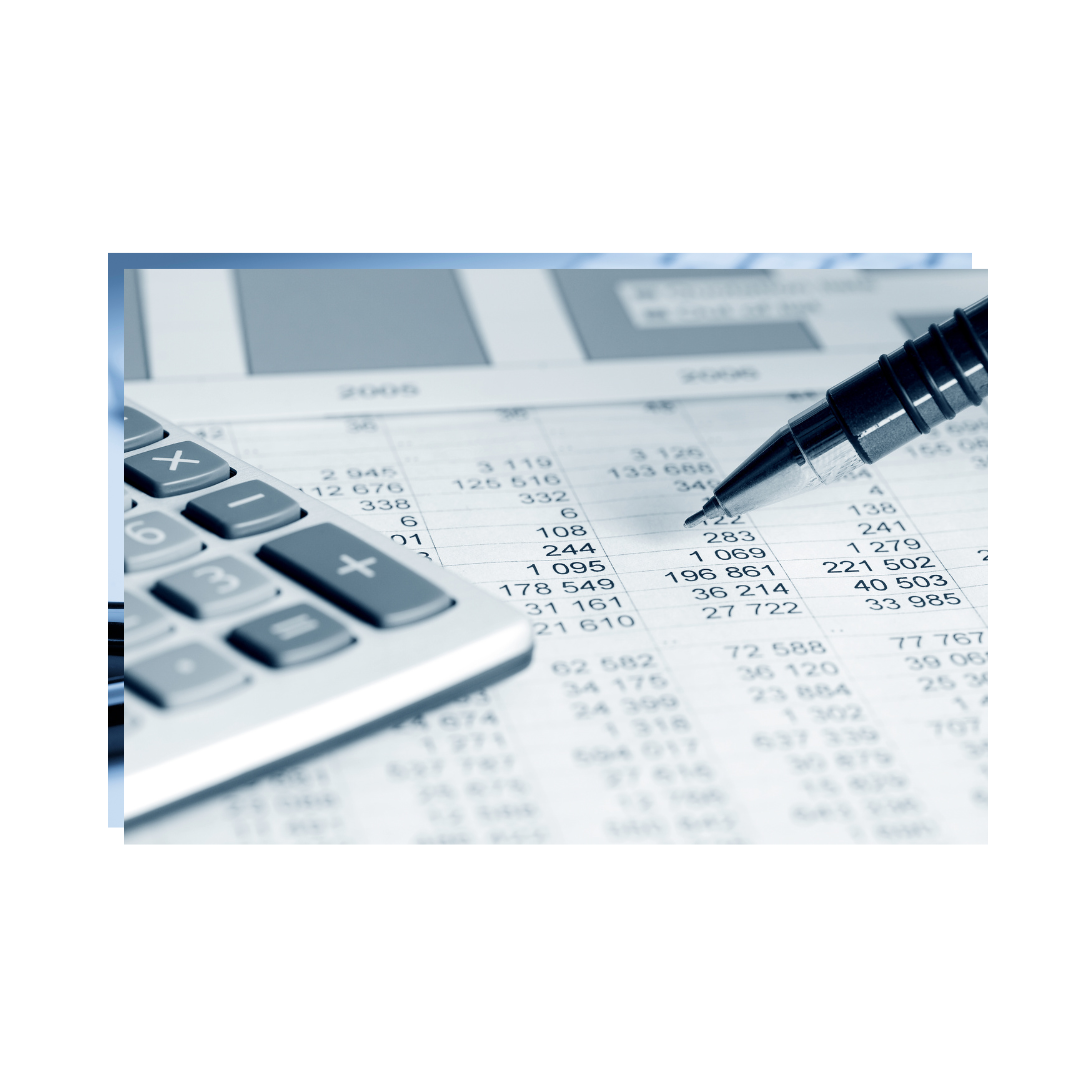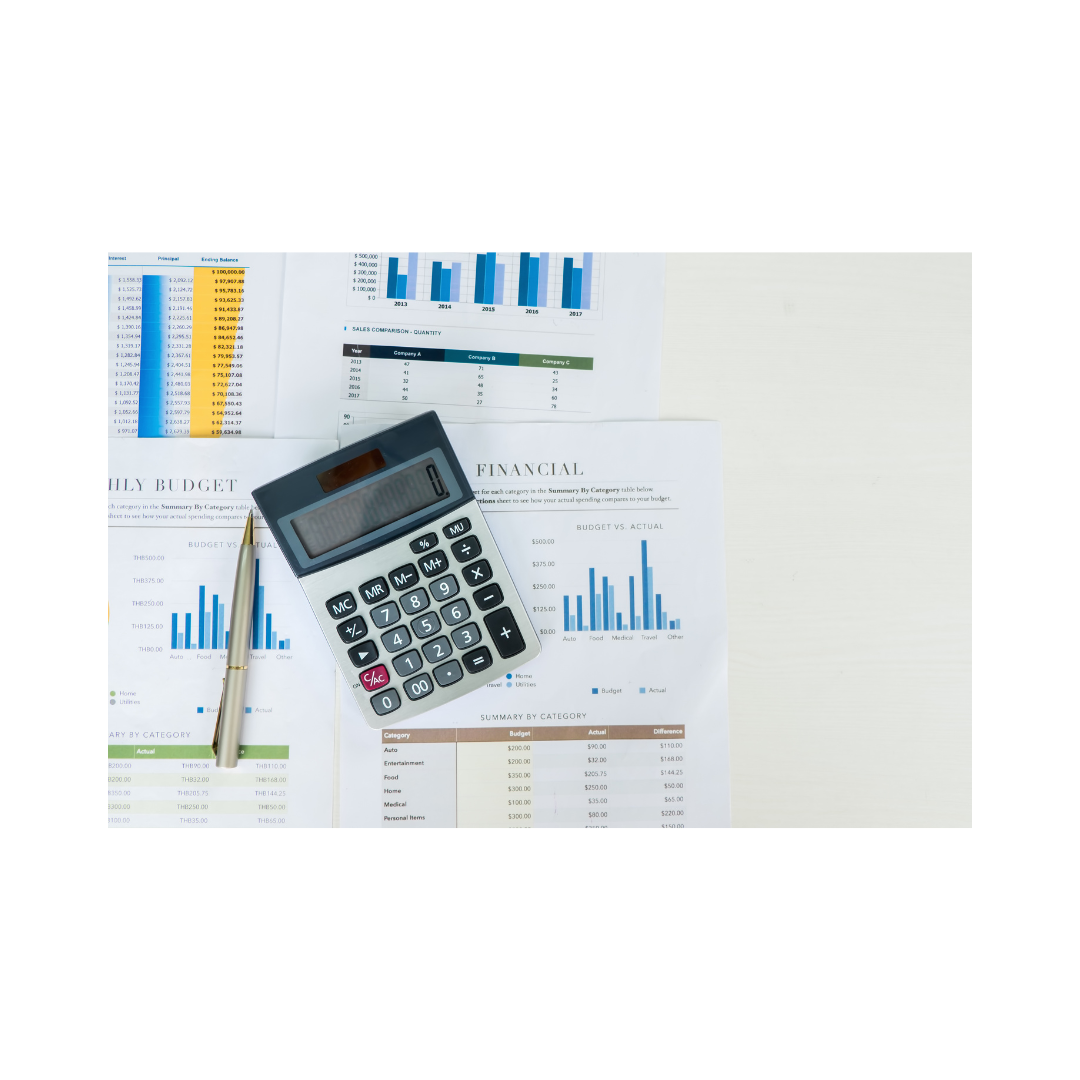The full Accounting equation is: Assets = Liabilities + Equity
Assets = What the business owns (like cash, inventory, equipment)
Liabilities = What the business owes to others (like loans, unpaid bills)
Equity = What the business owes to the owner (capital + profit – drawings/dividends)
Example Step 1: Starting the Business You start a business and: Invest $10,000 of your own money Take a $5,000 loan from the bank So the business now has: $15,000 in cash $5,000 in liabilities (loan to repay) $10,000 in equity (your capital) The equation is: Assets = Liabilities + Equity $15,000 = $5,000 + $10,000
Step 2: Business Makes a Profit The business earns a profit of $4,000 (from sales after expenses). Profit belongs to the owner, so it increases equity. Now: Assets increase to $19,000 (profit adds to cash) Liabilities stay the same at $5,000 Equity increases to $14,000 (your $10,000 capital + $4,000 profit) Equation: $19,000 = $5,000 + $14,000
Step 3: Paying a Dividend You decide to take $1,500 out of the business as a dividend. This reduces both: Cash (an asset) Equity (since it’s your share of the profit) Now: Assets drop to $17,500 Liabilities still $5,000 Equity reduces to $12,500 (was $14,000 – $1,500) Equation: $17,500 = $5,000 + $12,500
Step 4: More Capital Introduced You put in another $2,500 of your own money to help grow the business. That means: Assets increase to $20,000 (more cash) Liabilities still $5,000 Equity increases to $15,000 (previous $12,500 + $2,500 new capital) Final Equation: $20,000 = $5,000 + $15,000
Summary of Equity Movement: Let’s track how equity changed over time: + $10,000 original capital + $4,000 profit for the year – $1,500 dividend + $2,500 additional capital = $15,000 total equity
Key Points to Remember:
Profit increases equity
Dividends decrease equity
New capital increases equity
Liabilities are debts and do not affect equity directly
The accounting equation always stays in balance.



